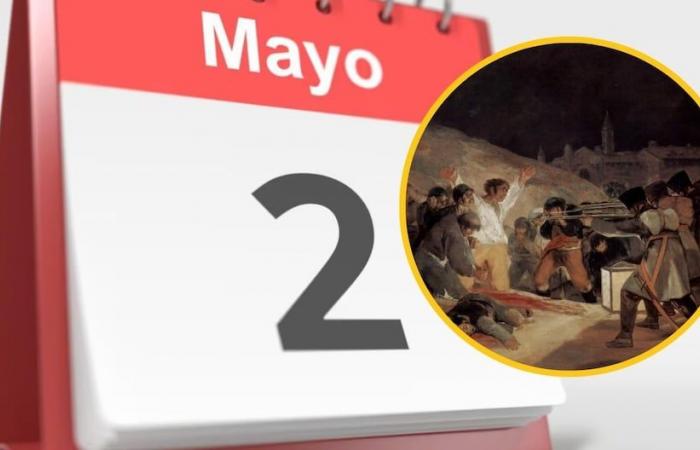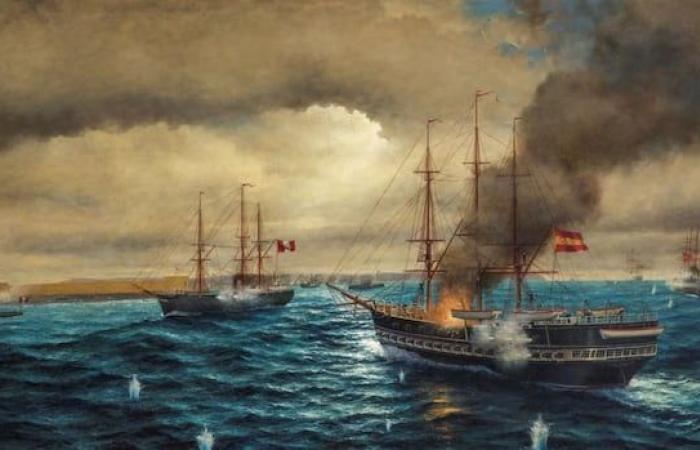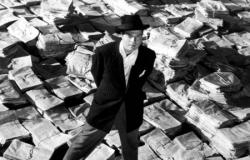Every May 2, Peru joins in commemoration of the historic May 2 Combatan event that has left an indelible mark on national memory and that stands as a symbol of the struggle for independence and sovereignty of the country. In the following note we will tell you the reason why this day is celebrated, among other data related to the subject.
Every May 2, Peru proudly commemorates the fight of May 2, a transcendental event in the history of the country and all of Latin America. On this day, in 1866, the Peruvian forces faced the Spanish colonialist forces in the port of Callao. This confrontation marked the last war episode against Spanish domain in the Peruvian territory, representing a significant victory for the freedom and independence of America of the colonial yoke.
The combat took place after a strategic decision of the Spanish forces to bomb the Chalaco port, triggering an intense exchange of fire between both sides. Despite the tenacious resistance of Peruvian defenses, the confrontation resulted in the withdrawal of Spanish ships with serious failures and losses.
The port of Callao became the scenario of a heroic act, where the value and determination of Peruvians became symbols of the struggle for freedom and national sovereignty.
The commemoration of the fight of May 2 in Peru not only honors the memory of those who fought and sacrificed their lives in defense of the homeland, but also reaffirms the country’s commitment to the ideals of freedom, independence and justice.
This historical event remains remembered and celebrated as a fundamental milestone in the consolidation of national identity and in the struggle for the emancipation of all Latin America of the colonial domain.
Combat May 2
In 1866, a large number of Spanish vessels made its appearance on the Peruvian coast. These ships arrived with the excuse of doing a scientific investigation, however, Peru preferred to take their precautions and were armed in order to present resistance to Spanish troops.
As is known, this European country had not admitted our independence, although more than four decades had already passed since the battle of Ayacucho.
Admiral Casto Méndez Núñez was in charge of the Spanish offensive. With the responsibility of defending Callao, the Peruvian squad was commanding for the Supreme Chief of the Republic of Peru, Mariano Ignacio Prado. Colonel José Gálvez was the war minister in charge of leading Peruvian operations.
The confrontation lasted 8 hours. The Peruvian Navy lived up to the expectation and took the victory. The epic outcome would not have been possible without the courageous performance of José Gálvez, who was killed in combat with 40 more compatriots.
The battle ended around 5 in the afternoon. It was so that the Spaniards retired and returned to Isla San Lorenzo on various ships. According to Juan José Ibarra, renowned Peruvian historian, this chapter ended up sealing American independence and avoided new attempts to conquer by Spain.








